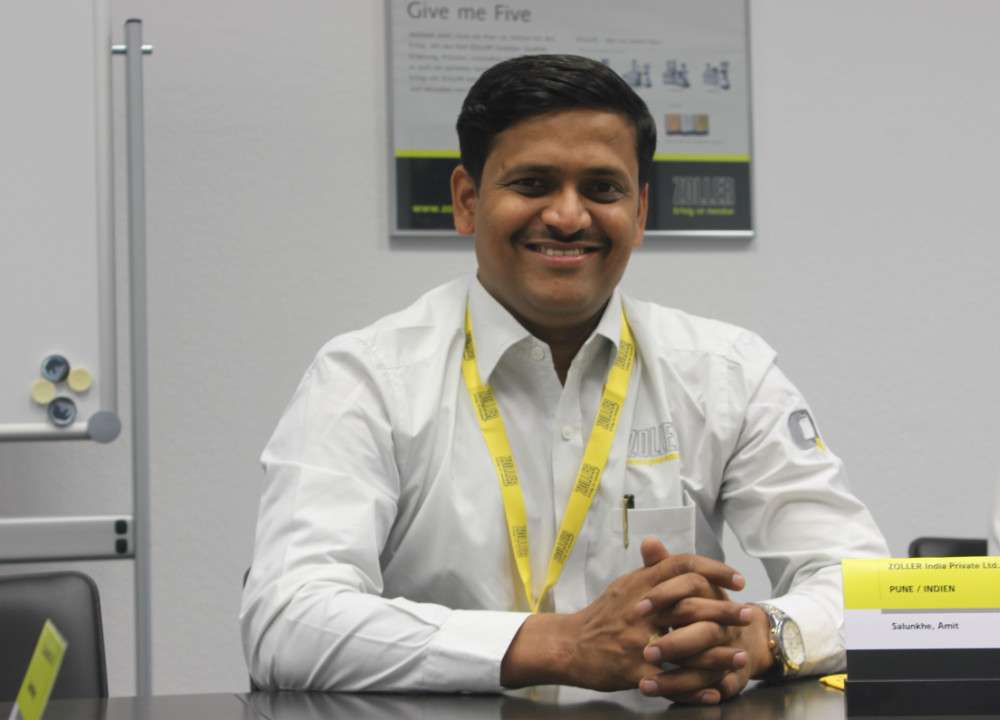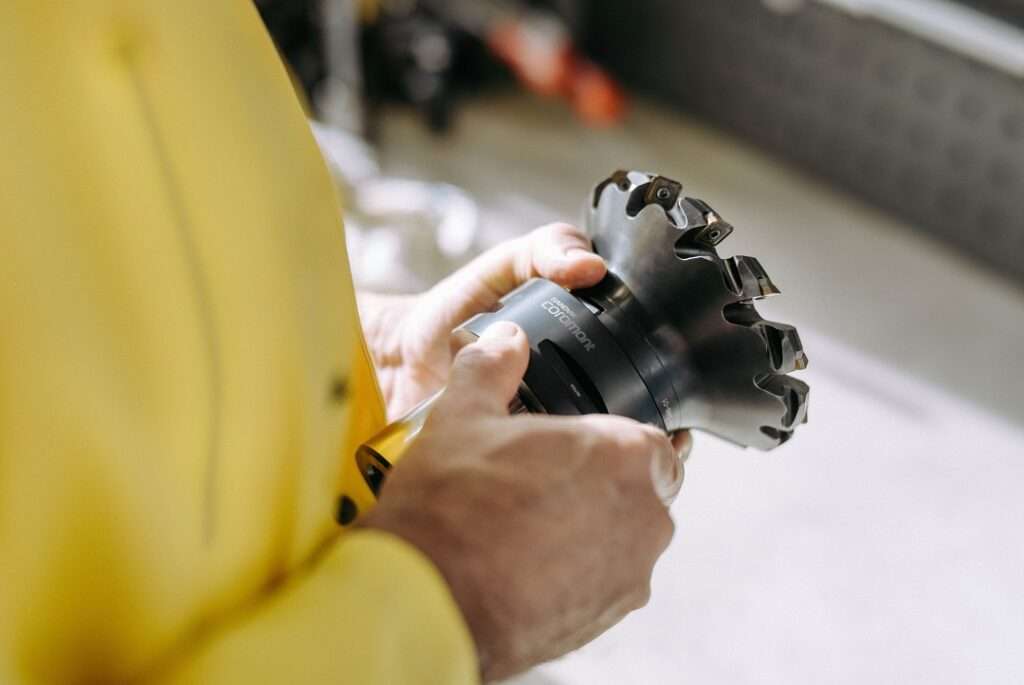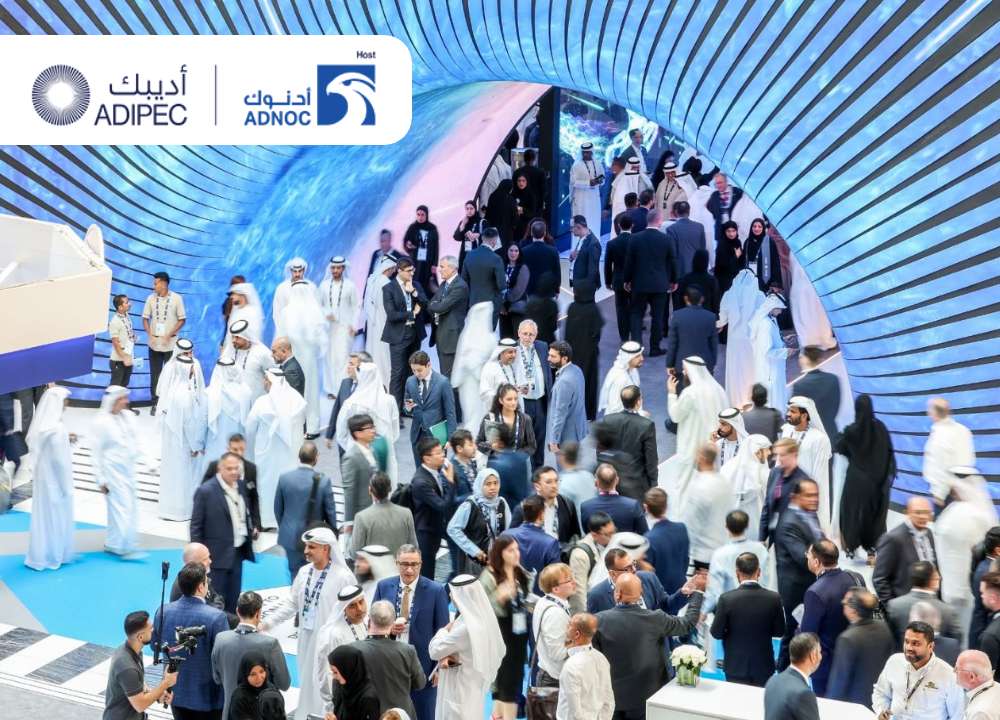At the recently concluded Automation Expo 2025, Anscer Robotics made its commitment visible for bringing focused solutions for Indian manufacturing by unveiling its latest innovation, the LBR 500, a low-bed autonomous mobile robot that promises to redefine material movement on the shopfloor. Known for pioneering hybrid and flexible automation systems, Anscer has been steadily building a reputation for addressing the practical challenges of Indian manufacturing.
Founded in 2020 and headquartered in Bengaluru, Anscer Robotics is a deep-tech startup with a mission to democratize automation for manufacturing and logistics. The company develops autonomous mobile robots (AMRs) and hybrid solutions that combine flexibility, precision, and safety, enabling seamless integration into real-world shopfloors without costly infrastructure changes. With a portfolio that includes pallet lifters, tugging robots, and advanced fleet management software, Anscer has pioneered innovations such as the hybrid AMR model and the Robots-as-a-Service (RaaS) business approach, making robotics more accessible for both large enterprises and small and medium manufacturers.
Backed by global investors and industry veterans, Anscer is steadily expanding its footprint beyond India, with operations in the United States and partnerships across industries ranging from automotive and electronics to pharmaceuticals and aerospace. In an exclusive interaction with Machine Maker, Raghu Venkatesh, Co-Founder and Chief Business Officer of Anscer Robotics, shared the journey that led to the LBR 500 and the broader role his company envisions in shaping the future of automation.
The LBR 500 was born out of Anscer’s deep engagement with customers. “When we were building Mash, which was a platform requiring customisation for every customer, we realised one common use case in Indian manufacturing everything moves on trolleys,” Raghu recalled. Factories often deploy hundreds or even thousands of trolleys in varied shapes and sizes, making it impractical to modify them to suit robots. Ergonomics was another concern. “If you want to have a robot pick up a trolley that is already five feet tall, you would need to increase the height further, and then a person cannot safely lift a 50-kilogram kit from that height,” he explained. These realities made traditional AMRs unsuitable, and it pushed Anscer to design a solution that could pick up any trolley, regardless of size or clearance.
This insight led to the development of a low-bed design with an 85 mm ground clearance, allowing the LBR 500 to slide under trolleys seamlessly. “We decided to build a robot that could pick up any size of trolley, from as narrow as 55 cm to as wide as 1.6 metres,” Raghu said, adding that this made the LBR not only compatible with Indian shopfloors but also globally relevant. The outcome was a plug-and-play robot that fits into existing processes, requiring no redesigns or disruptions.
India’s lack of standardisation posed another challenge. Unlike Europe or the US, where established norms guide trolley and pallet dimensions, Indian manufacturers often design based on immediate needs. “In India, not everyone is aware of best practices, so they build trolleys as per the requirement at that time, without thinking about the long-term,” Raghu observed. This diversity made automation providers struggle with adaptability, but it also allowed Anscer to innovate. “We had to build a robot that adapts to all these scenarios,” he said. The LBR 500, therefore, stands out for its engineering as it adapts to the customer, not the other way around.
On the technical front, the LBR 500 is a powerhouse of efficiency. It can carry up to 500 kilograms, with a 100 mm lift stroke, and runs for eight hours on a single charge. With a top speed of 1.2 metres per second, it can complete 43 trolley movements per hour and dock in under five seconds. Equipped with 360-degree smart vision, obstacle detection, and optional omnidirectional mobility, it manoeuvres confidently through narrow aisles and crowded production zones, working safely alongside people and forklifts. By eliminating up to 75 percent of manual trolley movement, improving material flow by 40 percent, and reducing deployment time by more than half, the LBR 500 is positioned as a category-defining innovation for real-world factories.
Yet for Raghu, the significance of automation extends beyond technical metrics. “Everybody today has automation goals,” he said, reflecting on his visits to more than a hundred factories over the last five years. “Our whole country has a mission of becoming a producer. We were a service economy, but now both the government and private sector are talking about becoming the next manufacturing hub. If you want to run facilities above 95 percent productivity, you need automation.”
Raghu illustrated this with the example of a talcum powder company managing forty-five different ingredients, each stored separately to prevent hazardous interactions. “Material movement here is like an orchestrated dance; everything has to come together at the right time. Humans are not so productive because they lack clear systems to guide their actions. That is where robots, integrated with MES or ERP systems, can make the difference.”
This vision of automation also takes into account the realities of brownfield projects, where existing factories need automation without redesigning layouts. “It has to be a shared space of people walking and robots moving together,” Raghu explained. The LBR 500 has been engineered for precisely this environment. “We have built our autonomy stack to collaborate with humans. Safety is non-negotiable,” he emphasised. The robot is built to PLd Category 3 safety standards and is ISO 13849 compliant. “You can jump from any side, stand at any side, the robot detects and stops. So far, we’ve never had an incident where a robot has hit a human in a production environment,” he noted with pride.
For Anscer, more than a product milestone, the launch of the LBR 500 is a reflection of their philosophy. By solving the universal problem of trolley diversity and designing a robot that thrives in India’s unpredictable shopfloors, Anscer has created a solution that resonates globally. It represents their belief that robots should be as simple to use as smartphones: intuitive, plug-and-play, and designed for the end user. As Raghu put it, “If robots are truly smart, you should just be able to take them and use them.”
With India’s manufacturing sector accelerating toward global competitiveness, the LBR 500 positions itself as a timely and transformative innovation. Designed in India but built for the world, it exemplifies how startups like Anscer Robotics are redefining automation by keeping the customer at the heart of innovation, ensuring that technology adapts to the factory floor, not the other way around.






